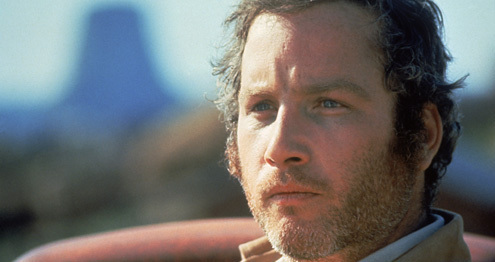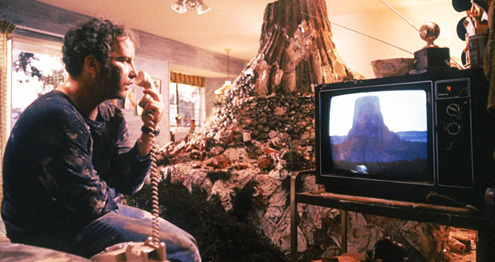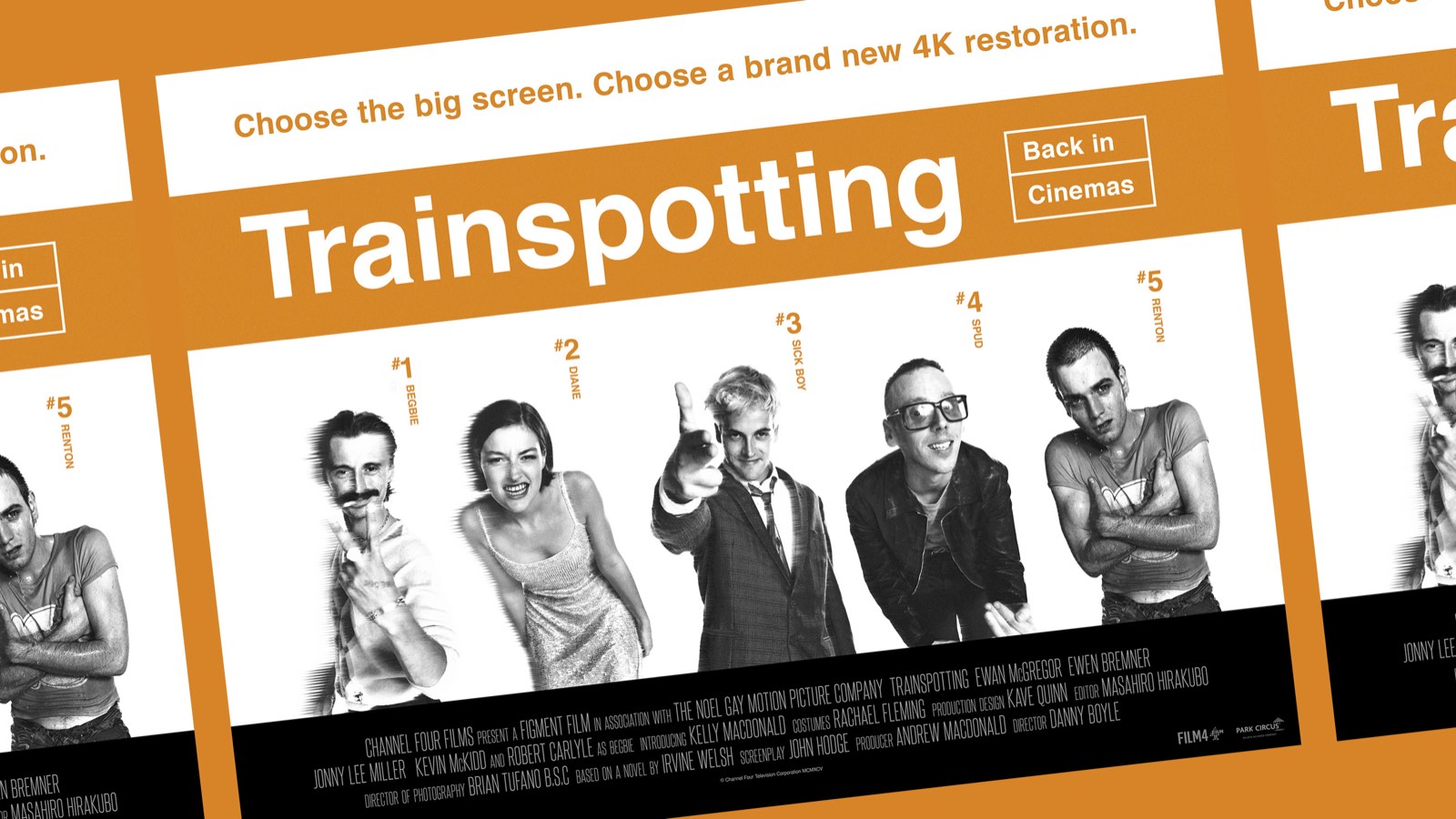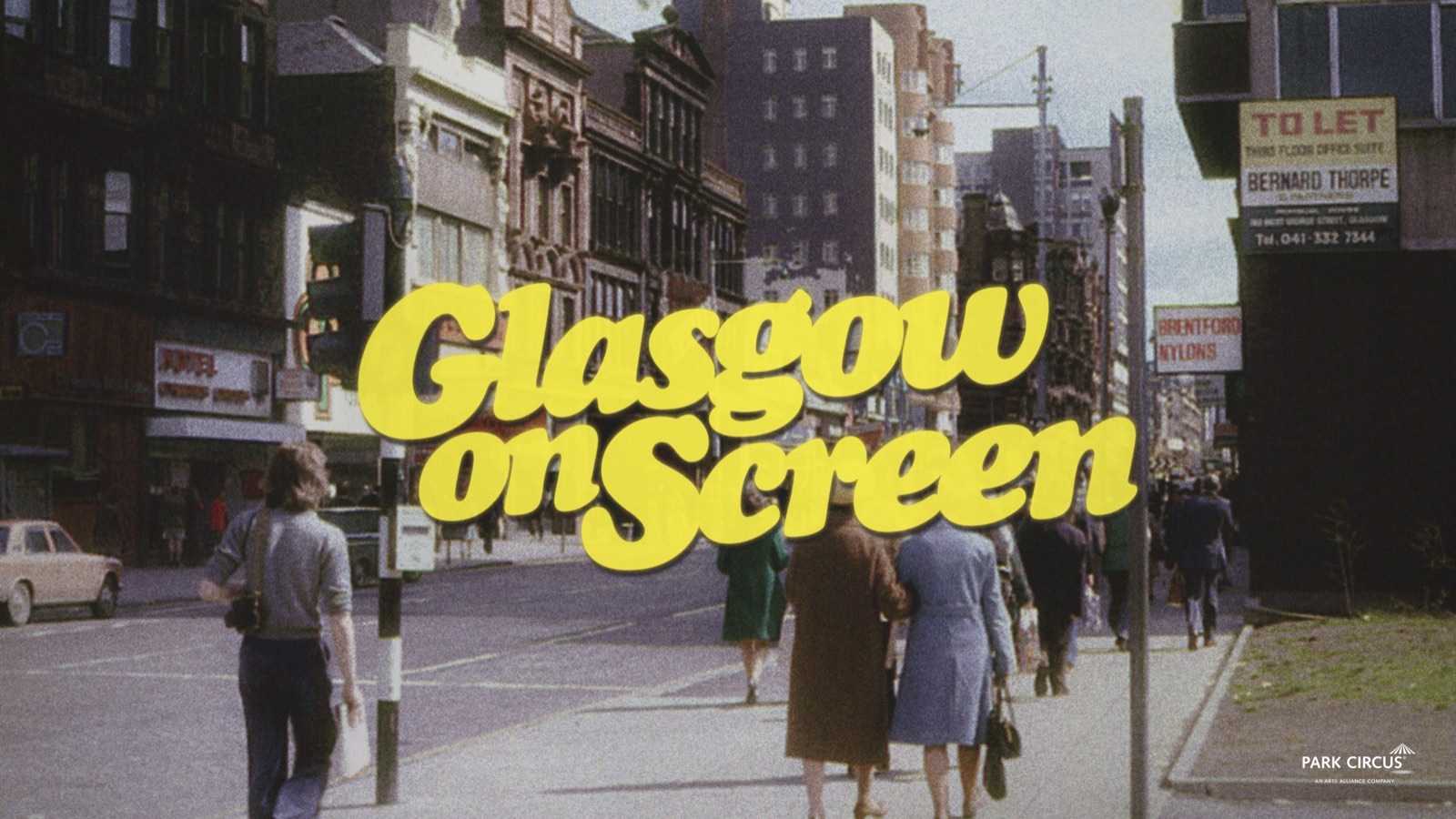

As Close Encounters Of The Third Kind continues to screen around the world in celebration of its 40th anniversary, we've invited blogger, filmmaker and Park Circus Ambassador Katie Hogan to reflect on Steven Spielberg's sci-fi epic, its status within the genre and its broader, lasting appeal.

Close Encounters of the Third Kind quad artwork
Celebrating its 40th Anniversary this year, Steven Spielberg's classic science fiction story that spans the globe, Close Encounters of the Third Kind is currently enjoying a rerelease in cinemas across the world.
Renowned director François Truffaut, in his only acting role outside of his own films, plays French scientist Claude Lacombe who heads up a team of government scientific researchers as they investigate strange occurrences around the world until they find themselves directed towards Devils Tower near Moorcroft, Wyoming, USA. At the same time, family man Roy Neary (Richard Dreyfuss) experiences an extra-terrestrial encounter, along with a small group of others, and becomes obsessed with the lights he has seen. His behaviour becomes more erratic as he tries to express the images in his head, which are a clue to where the aliens will be. The story's climactic end scene takes place at Devils Tower, as everyone awaits the arrival of these creatures from another world.

Close Encounters of the Third Kind
Spielberg's vision of wonder captured an audience who had been delighted by space, time, the future and beings from another world by other filmmakers before. Previous films in the science fiction genre may have painted a picture where aliens are meant to be feared but here, in Close Encounters, the aliens themselves are not seen until the end, creating a sense of mystery and making those who have experienced a close encounter full of childlike wonder and curiosity.
An element of the film that makes it such an iconic story is the need to create, especially through art, that is installed in all those who have experienced a close encounter. From sketching to painting to the famous scripture that Roy Neary makes using mash potato, and later using mud and dirt in his living room. These images of artists needing to express themselves put a positive spin on the otherwise obsessive aspect of those who have undergone an encounter.
There is no feeling of impending doom as the story switches from an everyday family man becoming more obsessed with what he has seen and as the scientists frantically track the aliens' points of contact across the globe. There is a sense of hope throughout the film, even through the more traumatic scenes such as young Barry's abduction from his home, which sees one of the film's iconic moments take place. The arrival of the aliens, even before they have stepped out of their ship, brings with it all those who have disappeared over the years; unharmed and unaged, showing that these beings do not mean harm. This trend of friendly aliens continued into Spielberg's other unforgettable classic, E.T. the Extra-Terrestrial.
With its 4K digital remaster, the film has never looked better. The effects, especially the mothership emerging from the sky, have been beautifully crafted and have stood the test of time. This is a film not to be missed on the big screen.
You can see more of Katie's work at: http://shelikesmovies.blogspot.co.uk




